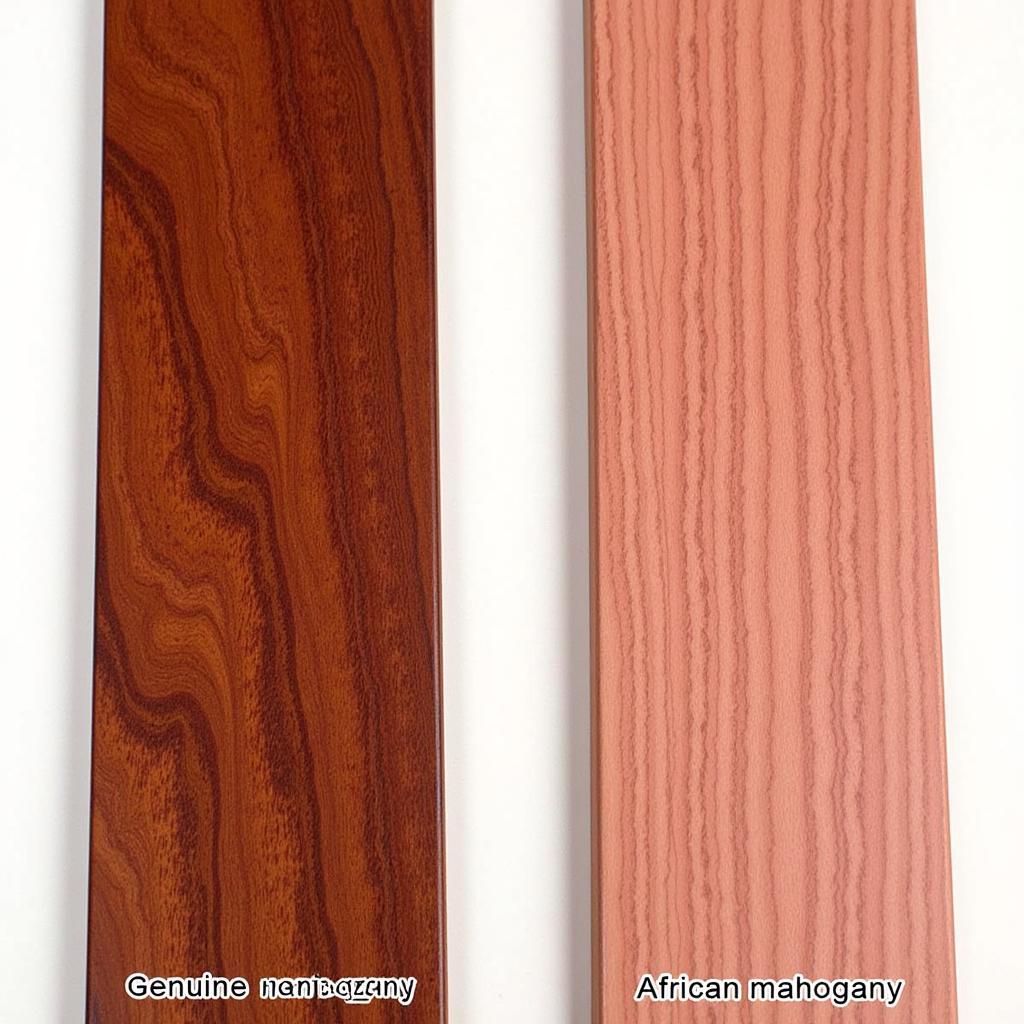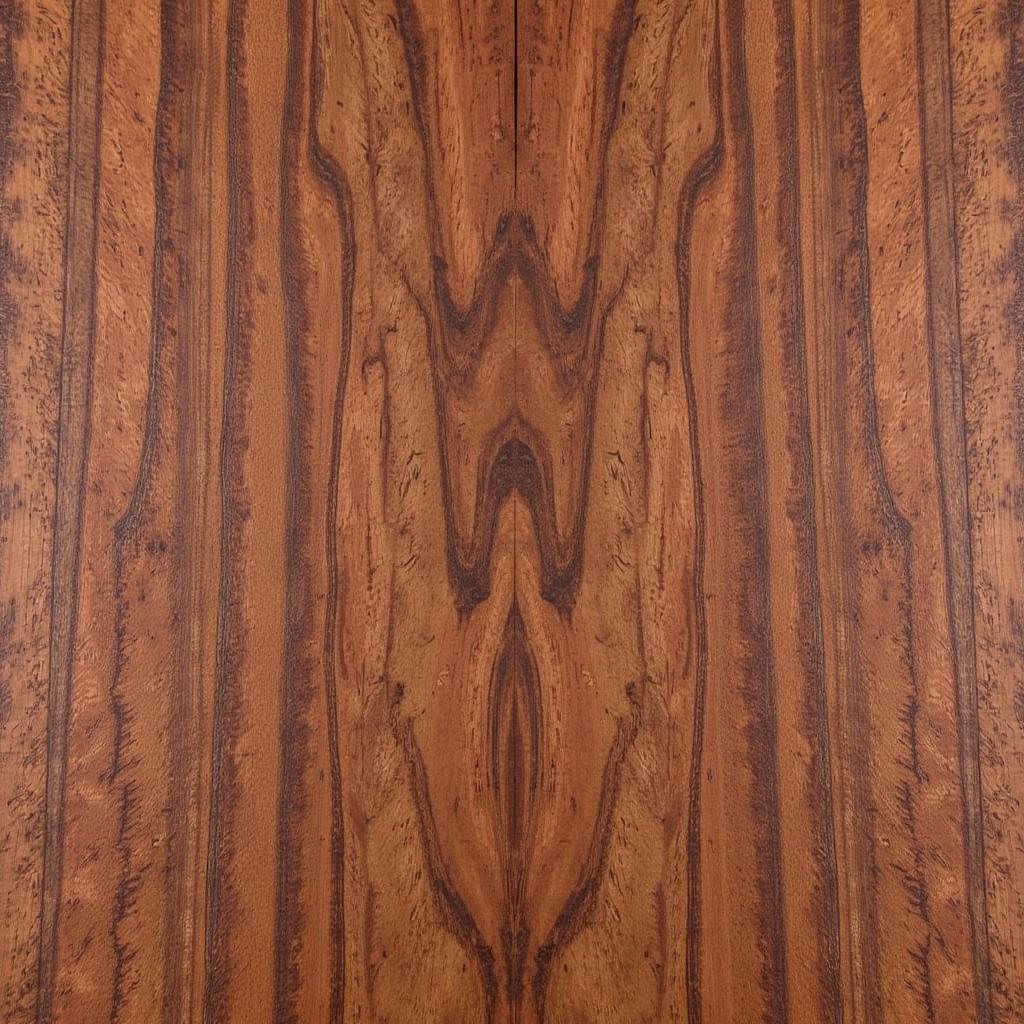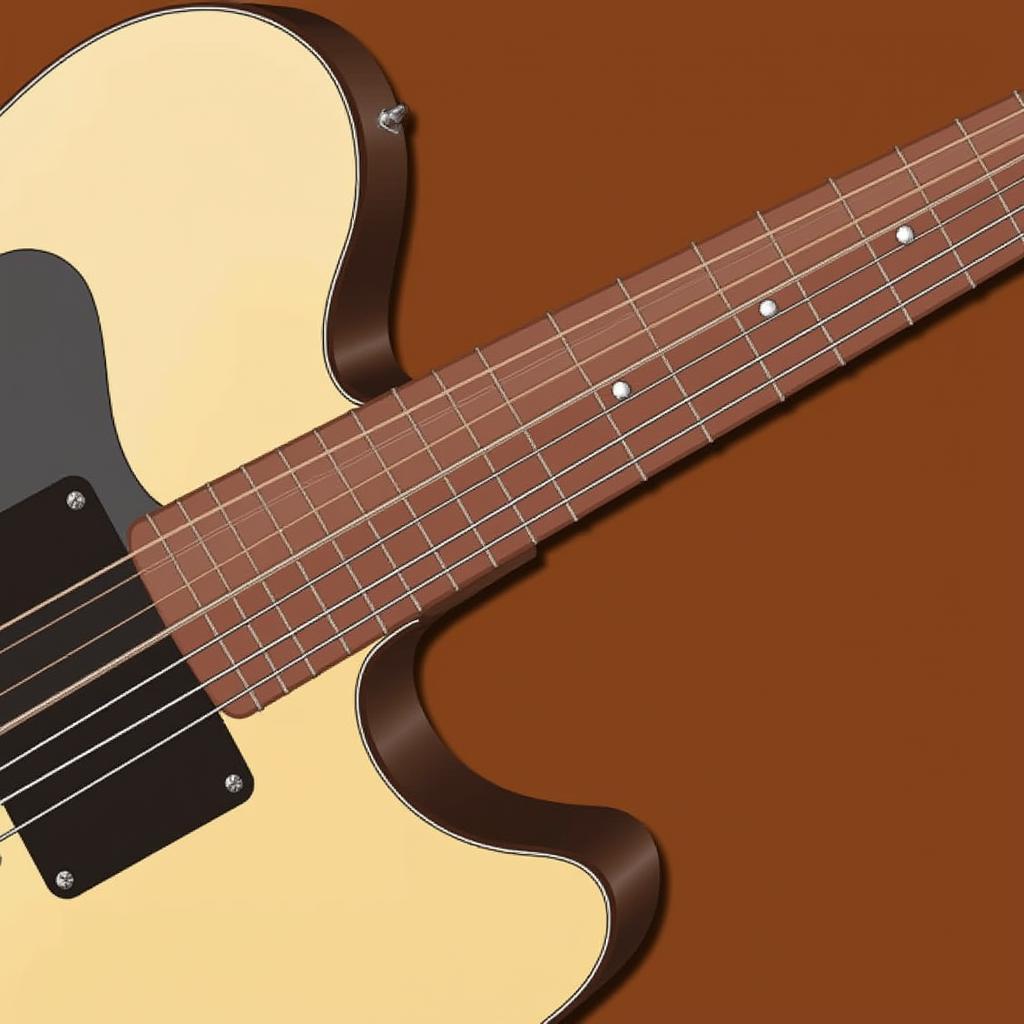Choosing the Perfect Mahogany Neck Blank
November 12, 2024Mahogany Neck Blanks are a popular choice for guitar builders, offering a beautiful aesthetic, comfortable feel, and excellent tonal properties. Selecting the right blank is crucial for the final instrument’s playability and sound. This article delves into the world of mahogany neck blanks, guiding you through the essential factors to consider for your next guitar project. From understanding different mahogany varieties to assessing quality and avoiding common pitfalls, this comprehensive guide will empower you to make an informed decision.
Understanding Mahogany Varieties for Neck Blanks
Not all mahogany is created equal. Different species exhibit varying characteristics that impact a neck’s performance. Genuine mahogany (Swietenia macrophylla) is highly prized for its stability and resonance. Other varieties like African mahogany (Khaya ivorensis) offer a more affordable option with slightly different tonal qualities. Understanding these differences is key to selecting the right wood for your specific needs. For example, genuine mahogany tends to have a warmer, richer tone, while African mahogany can be brighter and more articulate.
 Genuine Mahogany Neck Blank Comparison
Genuine Mahogany Neck Blank Comparison
Assessing the Quality of a Mahogany Neck Blank
Several factors contribute to a high-quality mahogany neck blank. Straight, tight grain is essential for stability, preventing warping and twisting over time. Look for blanks free from knots, cracks, and other imperfections that could compromise structural integrity. Quartersawn blanks are preferred for their stability and resistance to changes in humidity. The weight and density of the blank also play a role in the guitar’s overall tone and sustain. A denser blank will generally produce a brighter, more resonant tone.
Considering the Dimensions and Cut
The dimensions of the neck blank are critical. Ensure the blank is long enough and wide enough for your desired neck profile. Consider the headstock design as well, ensuring the blank allows for the required shape and size. The cut of the blank, whether flatsawn, riftsawn, or quartersawn, will impact the neck’s stability and appearance. Quartersawn blanks are generally considered the most stable, while flatsawn blanks are more prone to warping.
 Quartersawn Mahogany Neck Blank Characteristics
Quartersawn Mahogany Neck Blank Characteristics
Common Pitfalls to Avoid When Choosing a Mahogany Neck Blank
One common mistake is choosing a blank solely based on price. While budget is a factor, prioritizing quality will save you headaches in the long run. Avoid blanks with excessive knots or imperfections, as these can weaken the neck and affect its playability. Be wary of sellers misrepresenting wood species. Always verify the origin and type of mahogany before purchasing.
Why Mahogany Remains a Favorite for Guitar Necks
Mahogany’s enduring popularity stems from its combination of desirable properties. Its workability makes it relatively easy to shape and carve into comfortable neck profiles. The wood’s natural resonance contributes to a warm, balanced tone that complements various playing styles. Its classic aesthetic appeal adds to the instrument’s overall beauty.
John Smith, a renowned luthier with over 30 years of experience, emphasizes, “Mahogany offers a unique blend of tonal warmth, stability, and workability, making it an ideal choice for guitar necks.”
Matching the Mahogany Neck Blank to Your Guitar Build
Consider the overall design and tonewood combination of your guitar when selecting a mahogany neck blank. A darker, denser mahogany might pair well with a rosewood body for a warm, mellow tone. A lighter, brighter mahogany could complement a maple body for a more articulate sound. The neck profile should also be considered in relation to the player’s comfort and style.
 Mahogany Neck Blank Fitted to Guitar Body
Mahogany Neck Blank Fitted to Guitar Body
Conclusion
Choosing the right mahogany neck blank is a crucial step in building a quality guitar. By understanding the different mahogany varieties, assessing quality, and considering the dimensions and cut, you can ensure your next project is a success. Remember to avoid common pitfalls and focus on finding a blank that matches your specific needs and tonal preferences. A well-chosen mahogany neck blank will contribute significantly to the playability, sound, and overall beauty of your finished instrument.
FAQs
-
What is the best type of mahogany for a guitar neck? Genuine mahogany (Swietenia macrophylla) is generally considered the premium choice, but other varieties like African mahogany (Khaya ivorensis) offer excellent alternatives.
-
How can I tell if a mahogany neck blank is quartersawn? Look for straight, parallel grain lines running perpendicular to the face of the blank, often accompanied by visible medullary rays (also known as “flecks”).
-
What are the ideal dimensions for a mahogany neck blank? The dimensions will depend on the specific guitar design, but generally, the blank should be long enough for the entire neck and headstock and wide enough for the desired neck profile.
-
How much does a mahogany neck blank typically cost? Prices vary depending on the species, quality, and dimensions, but you can typically find blanks ranging from $50 to $200.
-
Where can I buy mahogany neck blanks? Lumberyards, online retailers specializing in guitar building supplies, and even some luthiers sell mahogany neck blanks.
-
How do I care for a mahogany neck blank? Store the blank in a cool, dry place away from direct sunlight and extreme temperature fluctuations.
-
Can I use any type of finish on a mahogany neck? Yes, most finishes are compatible with mahogany, but consult with a luthier or finish expert for recommendations based on your specific project.
Common Scenarios and Questions:
-
Scenario: A guitarist wants a bright, articulate tone. Question: Should they choose genuine mahogany or African mahogany? African mahogany is often a good choice for brighter tones.
-
Scenario: A beginner luthier is worried about warping. Question: Which cut of mahogany is most stable? Quartersawn mahogany is the most stable cut.
Further Exploration:
For more information on tonewoods, check out our article on “Choosing the Right Tonewood for Your Guitar.” We also have a guide on “Neck Carving Techniques” for those interested in shaping their own neck profiles.
For support, contact us at Phone: 0915117113, Email: [email protected] Or visit us at: To 3 Kp Binh An, Phu Thuong, Viet Nam, Binh Phuoc 830000, Viet Nam. We have a 24/7 customer service team.